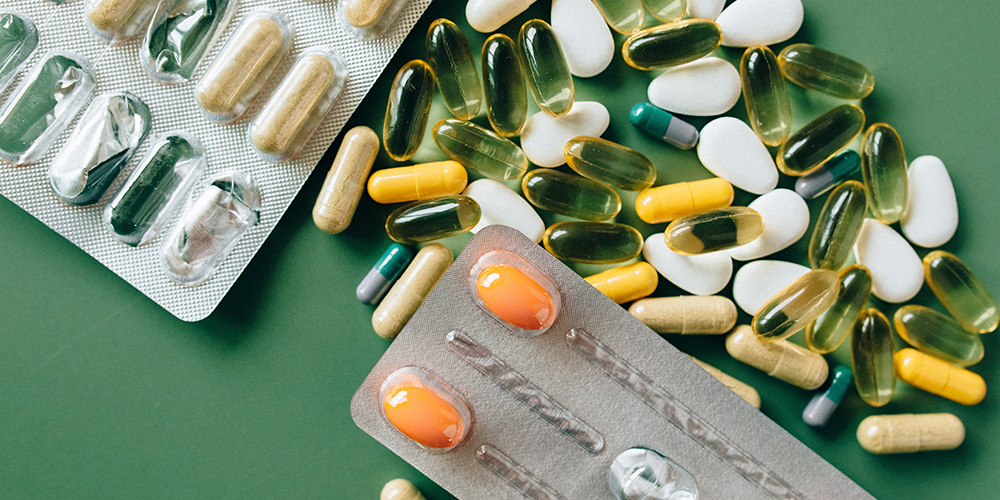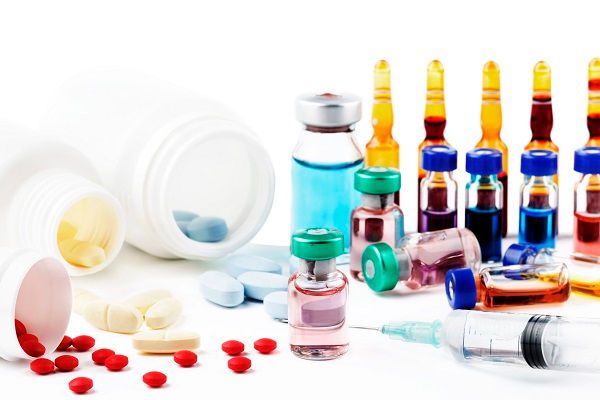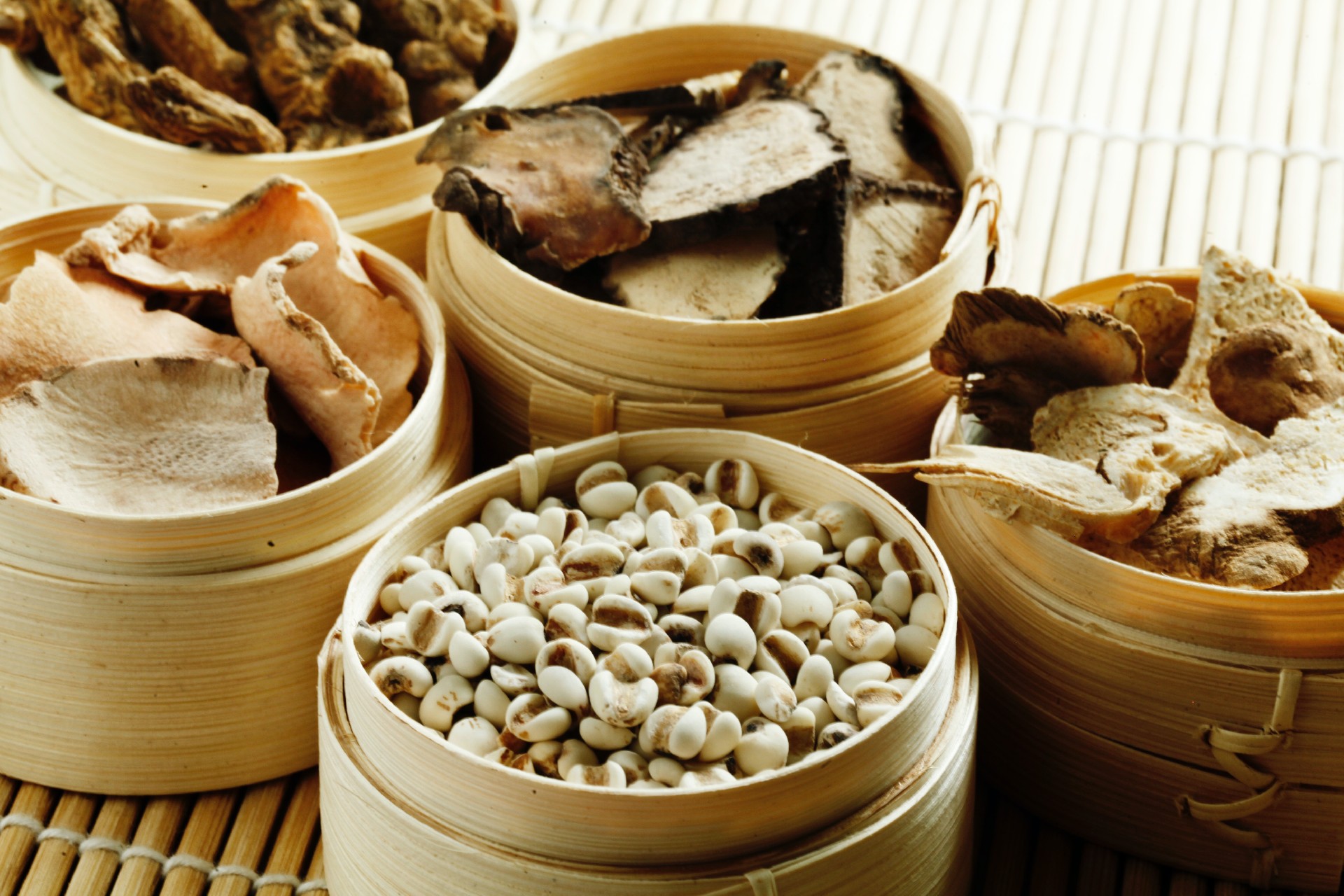
What Is Pharmaceutical Dosage?
Pills refer to substances that are used to prevent, treat, and diagnose human diseases, to purposely regulate human physiological functions, and to specify indications or functional indications, usage and dosage, including traditional Chinese medicine, chemical and biological products. Usually medicines are made into various dosage forms.
The medicines made into dosage forms are not only more convenient for patients to take, accurately control the dosage of the medicines, but also increase the stability of the medicines, and sometimes reduce toxic side effects, and are also convenient for storage, transportation and carrying of the medicines. There are dozens of medicine formulations, and there are also 20 to 30 types of more commonly used pills.
What Are the Categories of Pharmaceutical Dosage Forms?
By Shape
Liquid dosage forms: aromatic waters, solutions, injections, etc.
solid forms: powders, pills, tablets, etc.
semi-solid dosage forms: soft doses, pastes, suppositories, etc.
gas dosage forms: aerosols, inhalants, etc.
By Inherent Dispersion Characteristics
True solution dosage forms: such as water, syrup, solution, alcohol, glycerin, etc.
Type of colloidal solution: such as emulsion, film coating agent, etc.
Emulsion type: such as emulsion, part of liniment, etc.
Suspension dosage forms: such as full dose, lotion, suspension, etc.
Gas dispersion dosage form: such as aerosol, etc.
Solid dispersion dosage form: such as powder, pills, tablets and so on.
By Route and Method of Administration
Administration via gastrointestinal tract: there are solutions, syrups, emulsions, suspensions, powders, granules, tablets, pills, gels, etc.
Administration by injection:
A. there are injections, including intravenous injection, subcutaneous injection, intradermal injection and empty injection.
B. respiratory administration: inhalers, aerosols, etc. (The B is a kind of dosage form in which the medicine (solution) is sub packed in a special booster to be sprayed into a very tiny remote fog like particle, which is inhaled from the respiratory tract and acts on the affected part.)
C. Skin administration: there are external solution, external suspension, external emulsion, luxury medicine, barrier plaster, ointment paste, etc.
D. Mucosal administration: eye drops, nasal drops, gargles, sublingual tablets, body preparations, films, etc. (This classification method is closely combined with clinical use, and can reflect the special requirements for dosage form preparation by the route and method of administration.)

What Are the Most Common Dosage Forms in Pharmacy?
Injection: the injection has rapid efficacy, accurate dosage and reliable effect. The injection directly enters the human body, so the safety factor is smaller than that of oral dosage form, so it is not recommended to use it first.
Tablet: the tablet has the advantages of accurate dosage, stable quality, convenient administration and low cost. For sustained-release tablets and controlled-release tablets, the whole tablet should be swallowed when taking medicine. Once it is chewed, it will not play a specific role.
Capsule: the capsule can cover the bad smell of the pill, improve the stability of the pill and improve the bioavailability of the medicine. Therefore, the capsule should be taken as a whole without grinding. In medicine packaging industry, capsule counting filling machine is quite widely applied, which can accurately count the number of capsules in each bottle.
Oral liquid dosage form: the dosage of liquid dosage form is easy to master and adjust, especially suitable for infants and elderly patients. In addition, the pill has large dispersion, rapid and complete absorption, and quick effect, but the liquid dosage form is easy to mildew and inconvenient to carry.
Granules (also known as granules): granules are a rapidly developing dosage form in recent years, especially popular with children.
Ointment: mainly used on the surface of skin and mucous membrane, it has the functions of anti skin infection, protecting wound surface, moistening skin, isolating air, softening scab, stimulating granulation growth, etc. After the pills in some ointments are absorbed through the skin, they can also produce systemic therapeutic effects, such as nitroglycerin ointment.
Suppository: suppository can play a good role in local efficacy, and is suitable for patients who cannot or do not want to take oral medication, such as comatose and young children.
Aerosol: it can play a local or systemic role in respiratory tract, skin or other cavities. The effect is rapid, the dose is small, and the side effects are small.
Traditional Chinese medicine: decoction, powder, pill, plaster, suppository, lotion, pill, etc.

SED Counter now have more than ten years of experience in the field of pharmaceutical machinery, which make us become one of the professional pharma equipment manufacturers in China. For the strictness of drug production, our machines comply with GMP standards and adopt efficient and stable control systems. We support customization for customer requirements. If you need pharmaceutical machinery, please do contact us!




 Wechat
Wechat




